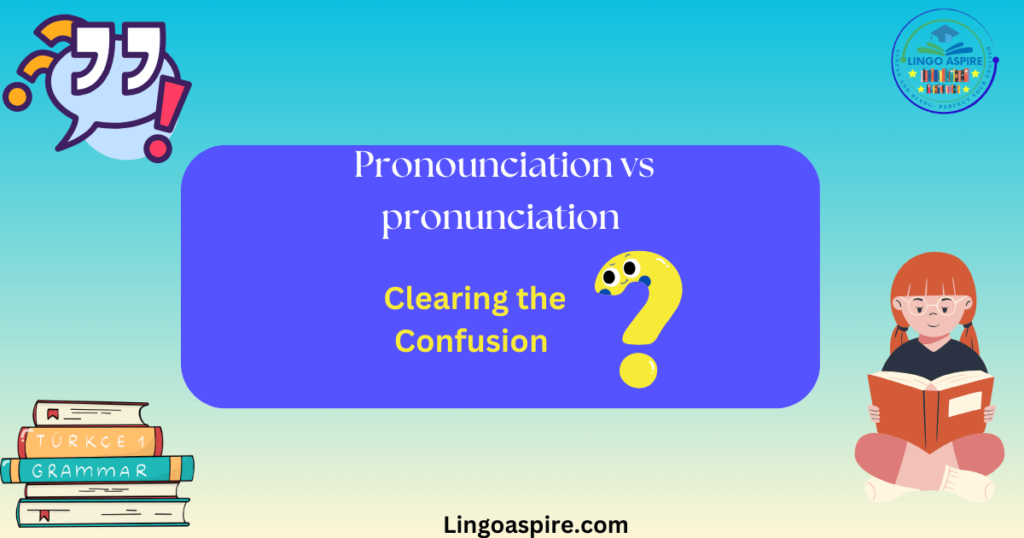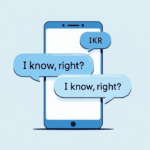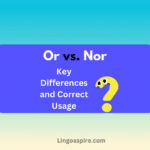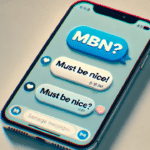Language can be tricky, even for native speakers. One word that stumps many is “pronunciation.” It’s often mistaken as “pronounciation,” a subtle but incorrect variation. You might hear people using the wrong version without even realizing it. This confusion isn’t just limited to casual conversations; you’ll sometimes catch it in classrooms, speeches, or even social media posts.
So, why is this mistake so common? The root of the problem lies in the word “pronounce.” Since “pronounce” has an “ou” in it, people naturally assume “pronunciation” should follow the same pattern. It’s an easy mix-up, but it’s not accurate. Unlike “pronounce,” the “ou” is dropped in “pronunciation.” This inconsistency is just one of those quirks that make English so fascinating—and frustrating.
Interestingly, this isn’t just a problem for non-native speakers. Many native English speakers also get tripped up, partly because of how words are spoken in different regions or how informal speech tends to smooth over such details. But while saying “pronounciation” might not seem like a big deal in casual settings, it can cause misunderstandings or even hurt credibility in professional or academic contexts.
Understanding the difference and using the correct form—”pronunciation”—isn’t just about being correct. It’s about showing attention to detail and a deeper appreciation for language. After all, small things like this can make a big difference in how we connect with others.
The Correct Word: ‘Pronunciation’
Origin of the Word
The word “pronunciation” comes from the Latin word pronuntiare, which means “to announce or proclaim.” This word evolved through Old French and eventually became a part of English. Over time, the meaning expanded to include the act of articulating words correctly. Despite how it may seem, the word was never meant to include an extra “o,” which is why “pronounciation” is not standard in English. The confusion likely arises from the similarity between the verbs “pronounce” and “pronunciation,” but the historical roots of the words don’t align with the incorrect version.
Common Reasons for the Mix-Up
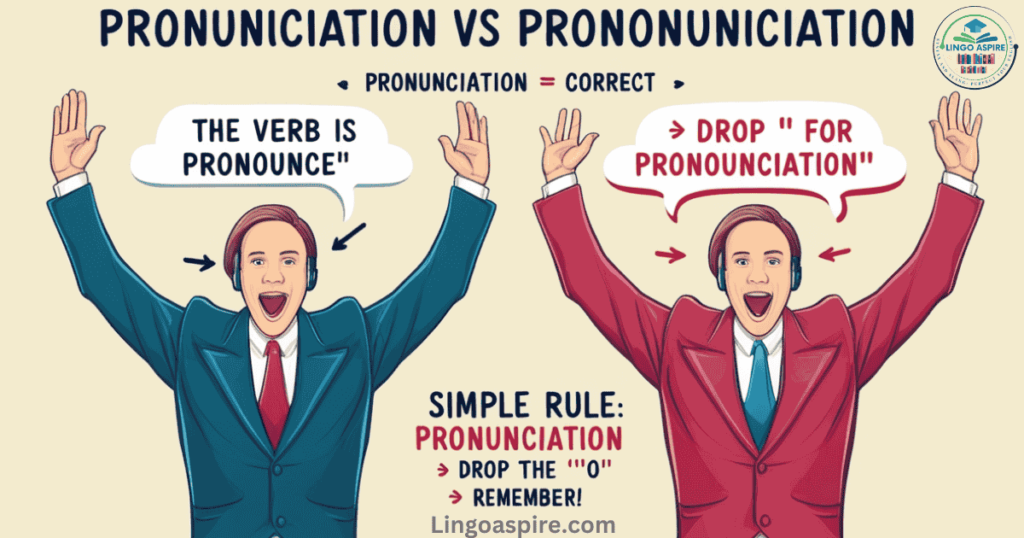
The most significant reason for this mistake is the phonetic similarity between “pronounce” and “pronunciation.” Since the word “pronounce” has an “ou” sound, it’s easy for speakers to assume that “pronunciation” should follow suit. This leads to the incorrect form “pronounciation,” which sounds similar but isn’t rooted in the correct linguistic history. Additionally, regional accents and informal speech often blur the lines, allowing mistakes like this to slip through unnoticed.
Dictionary and Authority Confirmation
Leading dictionaries confirm that “pronunciation” is the correct form. Both Merriam-Webster and the Oxford English Dictionary list “pronunciation” as the proper word, with no mention of “pronounciation.” This further solidifies that the incorrect version isn’t recognized in standard English.
Table: Correct vs. Incorrect
| Word | Status | Explanation |
|---|---|---|
| Pronunciation | Correct | Derived from Latin pronuntiare |
| Pronounciation | Incorrect | A common misconception based on “pronounce” |
By relying on these trusted sources, you can confidently use “pronunciation” in all your writing and speech.
Pronunciation Tips and Tricks
How to Say It Right
The key to mastering “pronunciation” is breaking it down into manageable sounds. The word is pronounced as [pruh-nuhn-see-ay-shun]. Focus on the stress, which falls on the third syllable: -see. The first syllable sounds like “pruh,” the second like “nuhn,” and the last part is “ay-shun.” Repeat this slowly at first and gradually build up speed until it feels natural.
For extra practice, you can listen to reliable pronunciation guides. Websites like Forvo or Merriam-Webster offer audio examples from native speakers, making it easier to get the exact sounds right.
Common Mispronunciations to Avoid
Many people make the mistake of misplacing stress or slipping into the incorrect version. Some common mispronunciations include stressing the first syllable or adding an extra “ou,” saying [proh-nuhn-see-ay-shun] instead of [pruh-nuhn-see-ay-shun]. Another error is blending the sounds too quickly, which can make the word sound rushed or unclear.
For learners and non-native speakers, a helpful tip is to break the word into parts and practice each segment. Focus on making the vowel sounds clear, especially the “uh” sound in the first syllable. Also, try saying the word slowly at first, then gradually speed up until the pronunciation feels smooth.
Role of Language Learning Apps
Language learning apps are invaluable tools for improving pronunciation. Apps like Duolingo, Forvo, and YouTube feature interactive lessons and audio guides that provide real-time feedback. These platforms allow you to hear native speakers and practice the word in various contexts. They also help you compare your pronunciation to the correct version, which boosts confidence. Check out these resources to refine your skills:
With consistent practice, your pronunciation will improve in no time!
Conclusion
To wrap up, remember this key takeaway: “pronunciation” is the correct word, while “pronounciation” is simply a mistake. It’s easy to slip into this error, especially because the words sound so similar. But now that you understand the difference, you can speak with more confidence and clarity.
As with any language skill, accuracy comes with practice. Don’t be afraid to make mistakes along the way—language learning is a journey. Embrace it, and over time, you’ll find that your pronunciation improves naturally.
Have you ever mixed up these words? Share your experience in the comments! It’s always fun to learn from each other and grow together.
Here’s how you could enhance your article with the optional elements:
Etymology of “Pronunciation”
A simple diagram illustrating the word’s evolution from Latin pronuntiare to modern English “pronunciation” could be very effective in showing readers the linguistic journey. You can create a visual flow showing how the word changed over time, highlighting key transformations in spelling and meaning.
| Example Diagram: Latin: pronuntiare → Old French: pronuncier → English: pronunciation |
Phonetic Breakdown: How to Say “Pronunciation”
A clear step-by-step diagram could be added to show how to break down the syllables in “pronunciation.” This could be a helpful visual for learners.
| Example Diagram: Pronunciation → [pruh-nuhn-see-ay-shun] Breakdown: 1. pruh 2. nuhn 3. see 4. ay 5. Shun |
Audio Clip for Correct Pronunciation
Embedding an audio clip of a native speaker pronouncing “pronunciation” correctly would greatly benefit readers. Platforms like Forvo or even YouTube often have native speakers saying tricky words. If your platform allows it, embedding the clip here would help readers match their pronunciation with the proper one.
Example: Listen to the correct pronunciation on Forvo
Downloadable “Correct Pronunciation Checklist”
Offering a downloadable checklist would allow readers to keep track of their progress as they work on pronunciation. This could include reminders for common mispronunciations and tips on how to practice.
Checklist Contents:
- Break down “pronunciation” into syllables.
- Emphasize the third syllable: see.
- Practice with audio resources.
- Record your pronunciation for self-assessment.
Link to Download: Download Pronunciation Checklist

